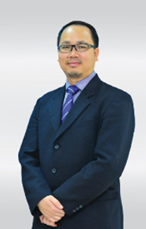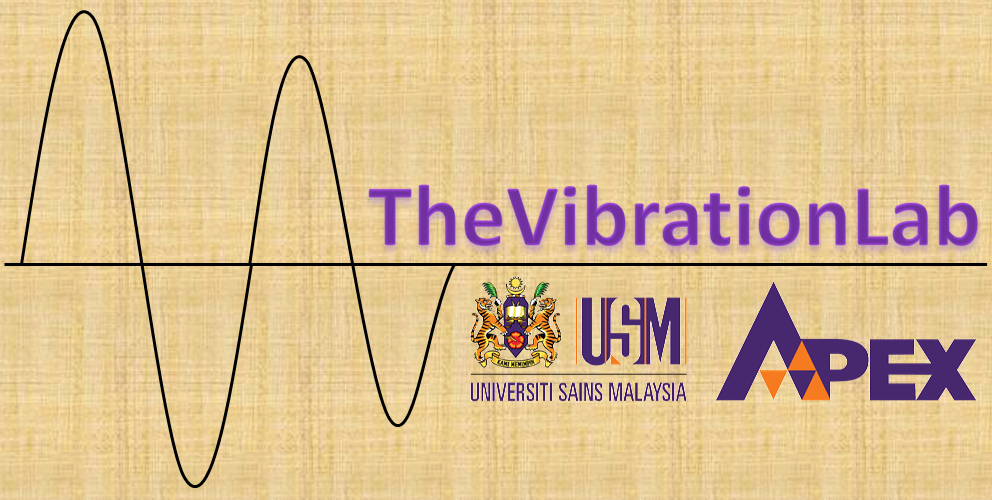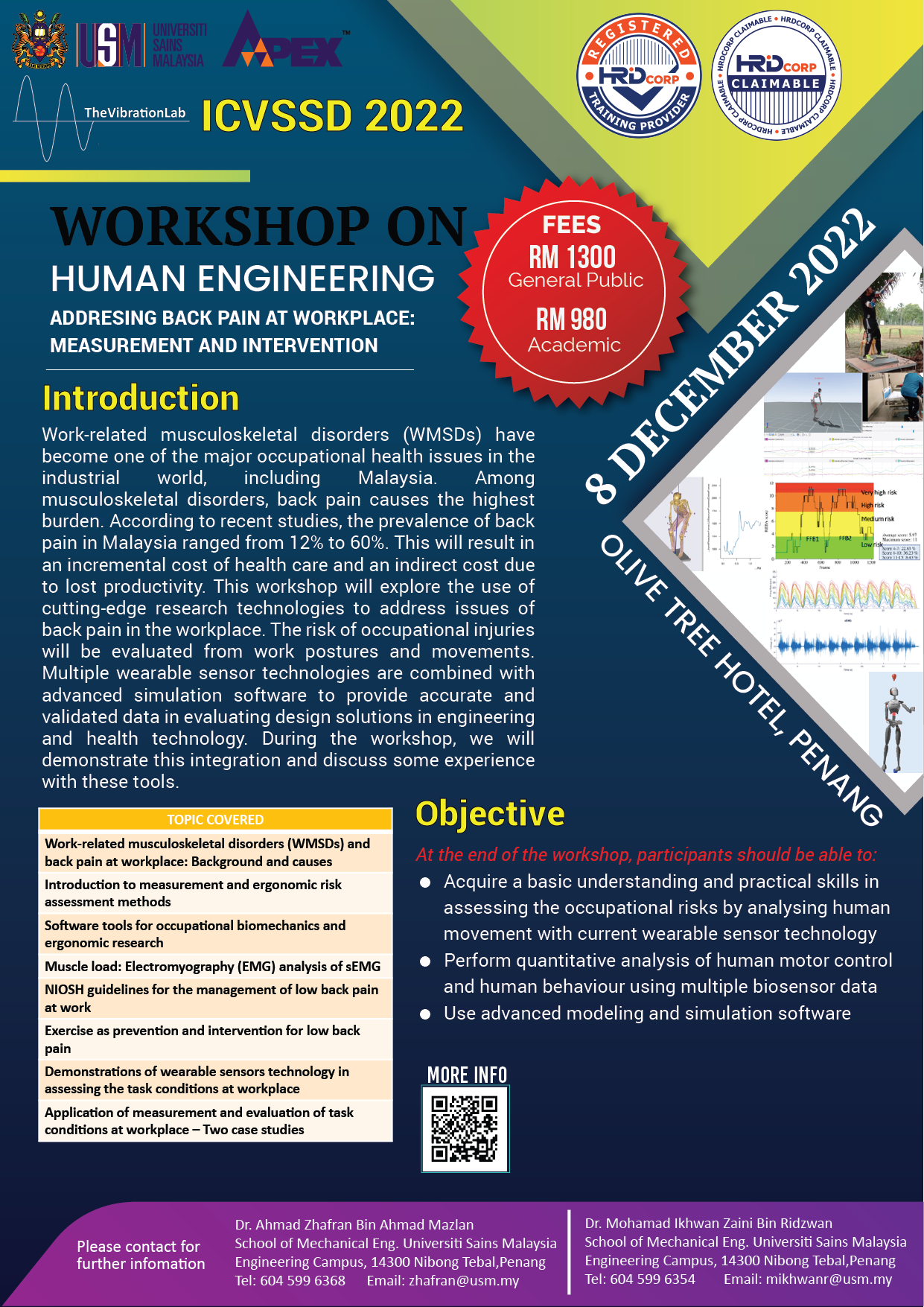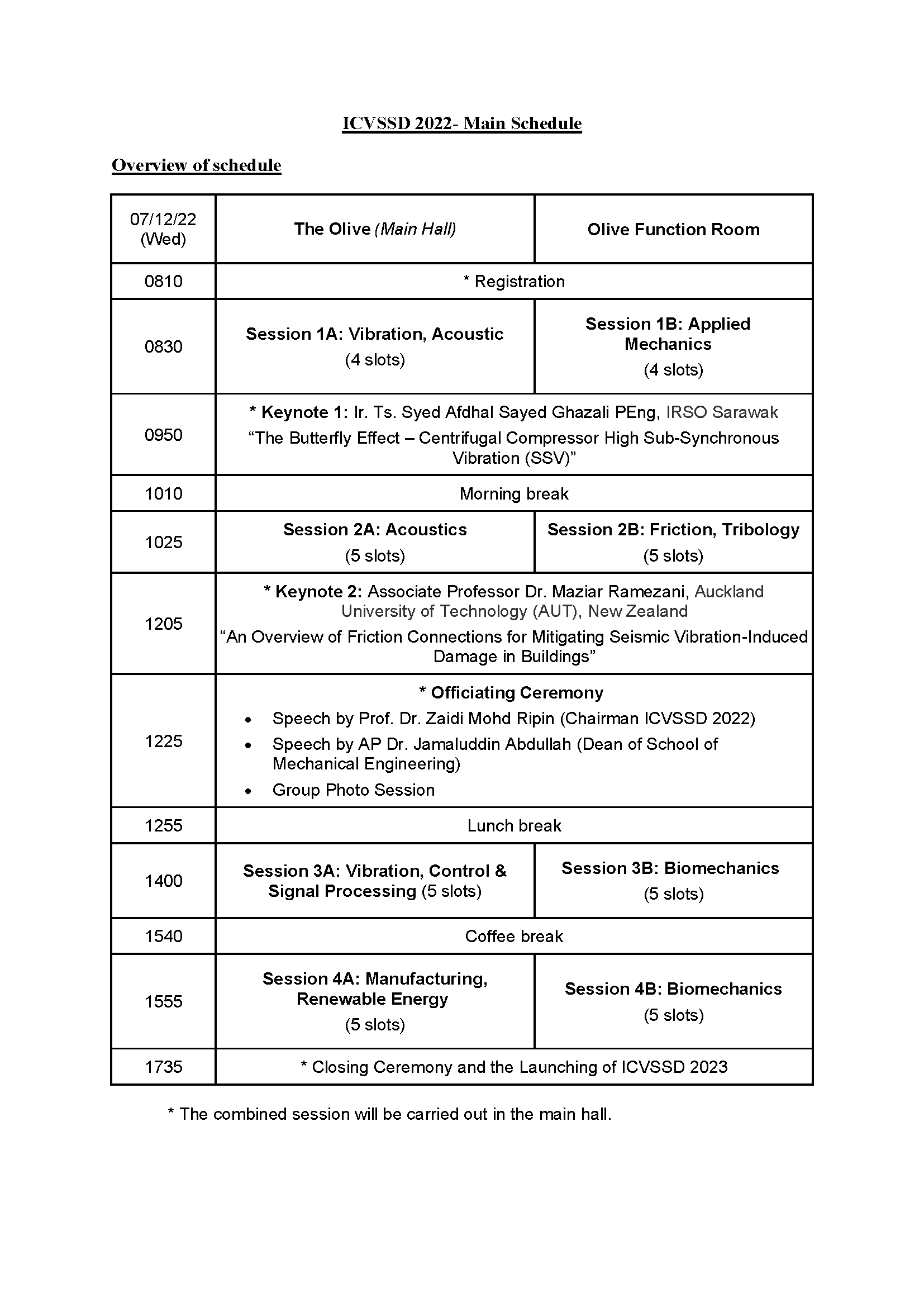
Assalamualaikum warahmatullahi wabarakatuh
Alhamdulillah, with the grace of Allah swt, we are now able to meet once again in the ICVSSD after two years of absence due to the Covid-19 pandemic. The past two years have been very challenging for everyone, impacting every facet of our life. Necessary painful adjustments and adaptations have to be made in order to ensure that every organization is functioning and delivering the output to the community. The hosting of ICVSSD 2022 is an important landmark in the normalization of the function of knowledge exchange and researchers interactions and the theme: Human Centric Research in Knowledge Driven Economy is very apt to address the challenges faced by the world now.
To the keynote speakers, Ir Tuan Sayed Afdhal Sayed Ghazali of Petronas and Associate Professor Maziar Ramezani of Auckland University of Technology, thank you both for sharing your wisdom in this conference. The high quality of the experience and research carried out will surely inspire the researchers in this area. To all the presenters, I wish you all the best in presenting your findings and to the research students, please make the most of this opportunity to network and to ask probing questions. You will gain a lot of benefits by learning how research is being conducted by others. To our partners and colleagues of Tunku Abdul Rahman University of Management and Technology, UniKL Malaysian Spanish Institute and Society of Vibration and Acoustics Malaysia, SVAM, thank you all for the continuous collaboration and cooperation. I do hope this will continue into the future so that ICVSSD will be known and identified as the best place to share findings related to vibration, sound and structural dynamics. “Terima kasih daun keladi”
I am also pleased to know that the core group of this conference is also organizing Human Engineering Workshop which will mark the birth of a new research thrust: Neuro Rehabilitation Engineering and Assistance System Research or NEAR. This bodes well with the expansion of research areas in the School of Mechanical Engineering and I look forward to seeing more activities for the benefit of society at large and industries in particular, and I wish you all the best.
Thank you.
Prof Madya Dr Jamaludin Abdullah
Dean, School of Mechanical Engineering, Universiti Sains Malaysia
WORKSHOP ITINERARY
|
Day 2 (8 December 2022) |
|
|
8.00 – 8.30 am |
Registration |
|
8.30 – 8.45 am |
Opening / Welcoming speech |
|
8.45 – 9.15 am |
Keynote address by OSHA, Penang |
|
9.15 – 9.45 am Prof. Zaidi Mohd Ripin USM |
Work-related musculoskeletal disorders (WMSDs) and back pain at workplace: Background and causes What is WMSDs, examples of injuries and musculoskeletal symptoms, prevalence, common causes and risk factors associated to WMSDs, strategies can be taken to prevent WMSDs and occupational low back pain (LBP). |
|
9.45 – 10.15 am Dr Mohamad Ikhwan Zaini Ridzwan USM |
Introduction to measurement and ergonomic risk assessment methods How to measure and recognize ergonomic risk from physical activities in the workplace, ergonomic risk assessment tools, comparison of risk evaluation outputs (the NIOSH lifting equation, Rapid Upper Limb Assessment (RULA), Rapid Entire Body Assessment (REBA), WISHA lifting calculator and OWAS methods), awkward trunk inclination angle (ISO standard) |
|
10.15 – 10.30 am |
Coffee break |
|
10.30 – 11.30 am Ms Nadiah Aqilahwati Abdullah USM Ms Mitchelle Law Jyy Jinn USM |
Software tools for occupational biomechanics and ergonomic research Introduction to biomechanical analysis software, predicting spinal loadings from some of the postures and work positions, results comparison using different modeling tools: kinovea, 3D Static Strength Prediction Program (3DSSPP) and JACK software Introduction to motion capture -Xsens and AnyBody modeling system, and applications. |
|
11.30 am – 12.30 pm Ms Nadiah Aqilahwati Abdullah USM Mr Yeo Ying Heng USM |
Muscle load: Electromyography (EMG) analysis of sEMG Evaluation of muscular activities using surface electromyography (sEMG) using iMotions platform, sEMG signal of muscles under varying load conditions, how to calculate maximum voluntary contraction (MVC) Assessment of muscle fatigue, effect of exoskeletons on injury risk, decomposition of EMG signal for each muscle bundles using Delsys. |
|
12.30 – 2.00 pm |
Lunch break and networking session with sponsors/lecturers |
|
2.00 – 2.20 pm NIOSH personnel |
NIOSH guidelines for the management of low back pain at work Prevalence of low back pain (LBP) among workers in Malaysia, association between LBP and factors such as working environment, exposure to physical hazards and ergonomic hazards; awkward posture, forceful activities and psychosocial factors, workplace training to improve safety and health. |
|
2.20 – 2.40 pm |
Exercise as prevention and intervention for low back pain Introduction to exercise as an intervention and prevention for lower back pain (LBP) |
|
2.40 – 3.30 pm Ms Mitchelle Law Jyy Jinn, Ms Nadiah Aqilahwati Abdullah and Mr Yeo Ying Heng USM |
Demonstrations of wearable sensors technology in assessing the task conditions at workplace. 3D motion tracking technology – Xsens, measuring ground reaction forces and moments from force plates, automatic REBA scores determination, AnyBody, surface electromyography and Delsys sensors, demonstration of postural evaluation, data collection and analysis. |
|
3.30 – 3.50 pm |
Coffee Break |
|
3.50 – 4.50 pm Ms Mitchelle Law Jyy Jinn USM Dr Muhammad Fauzinizam Razali USM |
Application of measurement and evaluation of task conditions at workplace – Two case studies 1. Measurement and evaluation of lifting and patient transfer tasks in a hospital setting. Ergonomic and biomechanical evaluation among nursing personnel. 2. Ergonomic risk assessment on oil palm industry workers. Back pain and postural problems among the workers. |
|
4.50 – 5.00 pm |
Closing ceremony |
The ICVSSD 2022 cordially invites full paper submission for presentation in the following areas:
- Vibration
- Sound
- System Dynamics
- Acoustics
- Human Engineering
- Other related Mechanical Engineering fields







